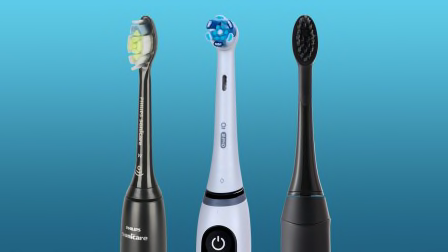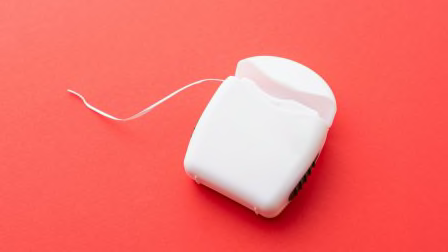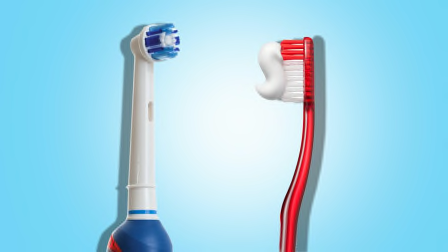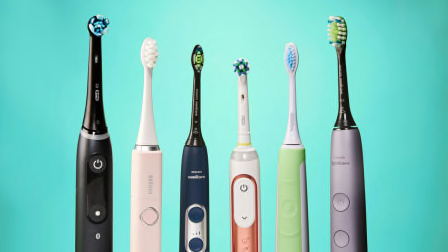Does Oil Pulling Really Help Your Teeth?
While some oils have antimicrobial properties, that doesn’t mean swishing them in your mouth is any better than brushing and flossing
When you shop through retailer links on our site, we may earn affiliate commissions. 100% of the fees we collect are used to support our nonprofit mission. Learn more.

The practice of oil pulling involves swishing a small amount of cooking oil in your mouth with a goal of improving oral health. Originally an ancient Ayurvedic technique, it has drawn growing interest more recently, racking up millions of views on TikTok.
Because oils such as coconut, sunflower, and sesame are thought to have antimicrobial properties, swishing with these oils could, in theory, reduce the incidence of germ-related dental problems like gingivitis and cavities.
Some research suggests oil pulling might have limited benefits for certain aspects of oral health. Yet experts caution it shouldn’t be used in place of standard dental hygiene practices like brushing and flossing, and people should not ever opt for oil pulling as a replacement for evidence-based treatments for serious dental issues.
The Evidence on Oil Pulling
The research on oil pulling is mixed, and there aren’t enough large-scale scientific trials to demonstrate that it can effectively promote dental health. One meta-analysis reported that while oil pulling may indeed reduce bacteria in the mouth, it doesn’t have a significant effect on plaque or gingivitis. Another analysis comparing oil pulling to rinsing with the antimicrobial, prescription mouthwash chlorhexidine found chlorhexidine was superior to oil pulling for reducing plaque and bacteria in the mouth. The overall quality of evidence was low, however.
Dental Best Practices
It may sound boring, but brushing and flossing are the most reliable ways to maintain oral health. You can throw in a fluoride mouthwash if you want to mix it up.
Hartzell recommends twice-daily brushing with a soft-bristled brush and fluoride toothpaste, which strengthens the porous outer layer of your teeth to prevent cavities. Angle your brush toward your gum line and brush in small circles for two minutes. “An electric toothbrush can help with the motion, and all you have to do is angle it,” says Hartzell. Aim to floss at least once a day to remove soft food debris, or plaque, between teeth before it calcifies and causes gum disease or cavities.
Diet, Hartzell says, can also play a role in maintaining dental health. Cavity-causing bacteria feed on sugar, so try to reduce your overall sugar intake. When you do eat sugar, wait about 30 minutes before you brush your teeth; Hartzell says sugar breaks down enamel, and brushing too soon could wear down your enamel faster. Carbonated beverages—even ones that don’t contain sugar—are known to break down enamel, which can increase your risk of cavities and cause teeth sensitivity.
See your dentist on a regular basis, too. While Messina says most people should get a dental exam and cleaning twice a year, people with dental problems may need to visit more often for treatment and preventive care. Either way, your dentist is the best resource for how to keep your mouth healthy. “Find a dental home, a place where you’re comfortable and get good, evidence-based advice,” says Messina. And consider saving the cooking oils for cooking.
Electric Toothbrush Picks
Considering adding an electric toothbrush to your dental routine? CR has evaluated 15 of them, using a panel of brushers and dental hygienists who measure how much plaque is removed after two minutes of brushing with each model. (Read more about how we test.)
Members can access our full ratings. Here are two of our top picks.




















